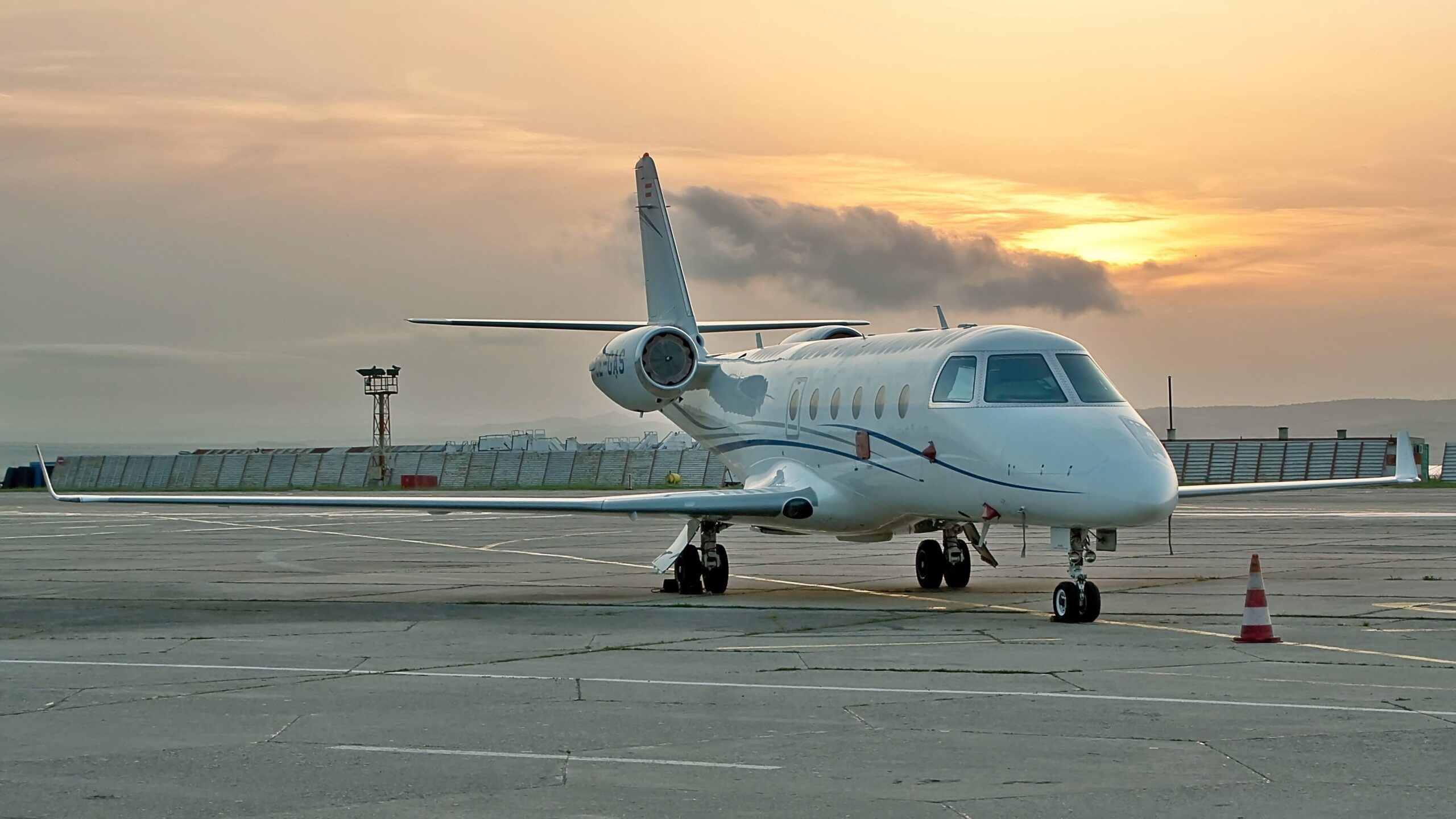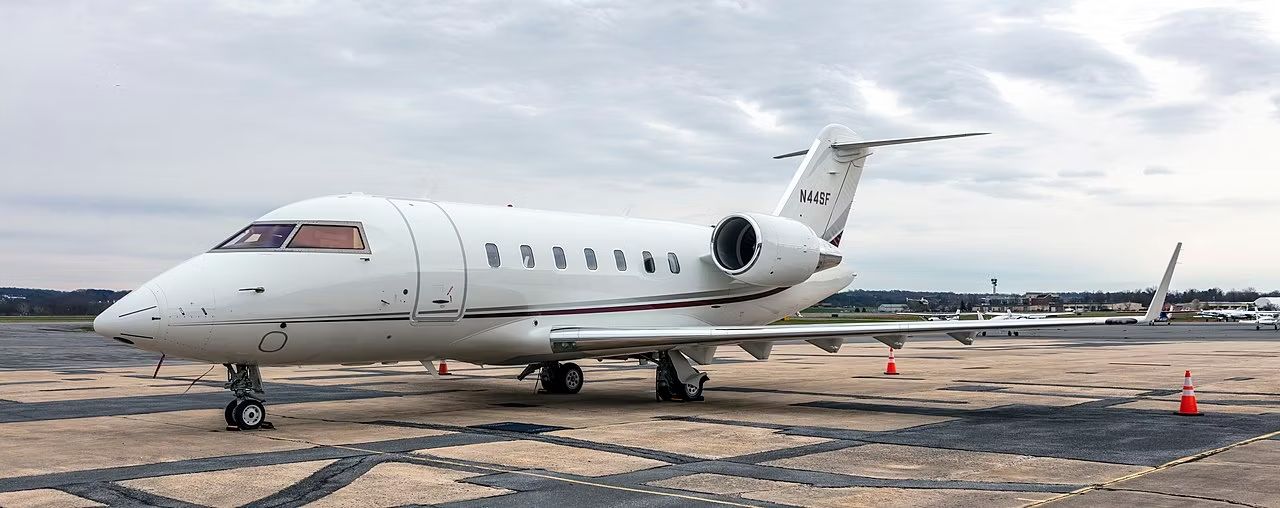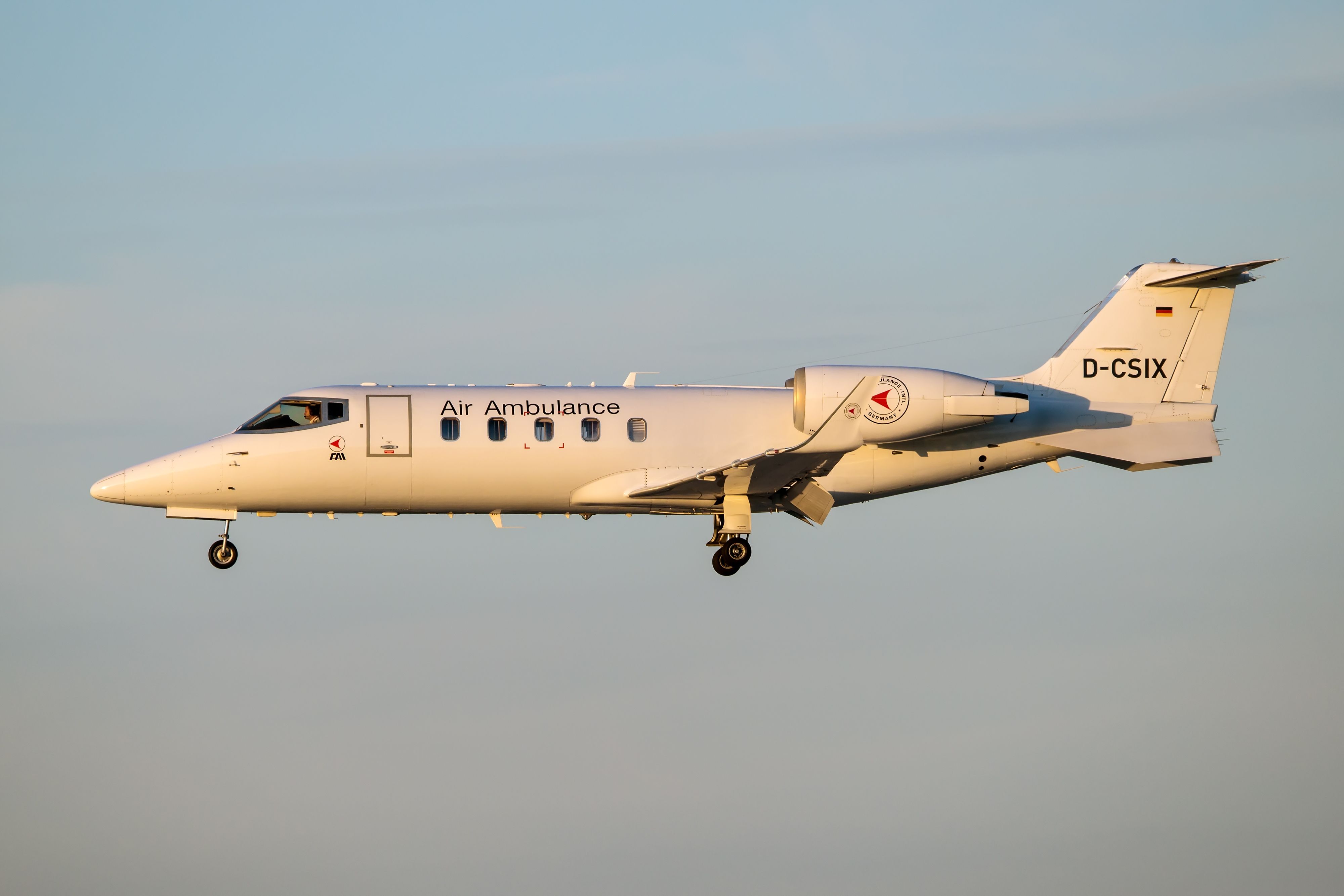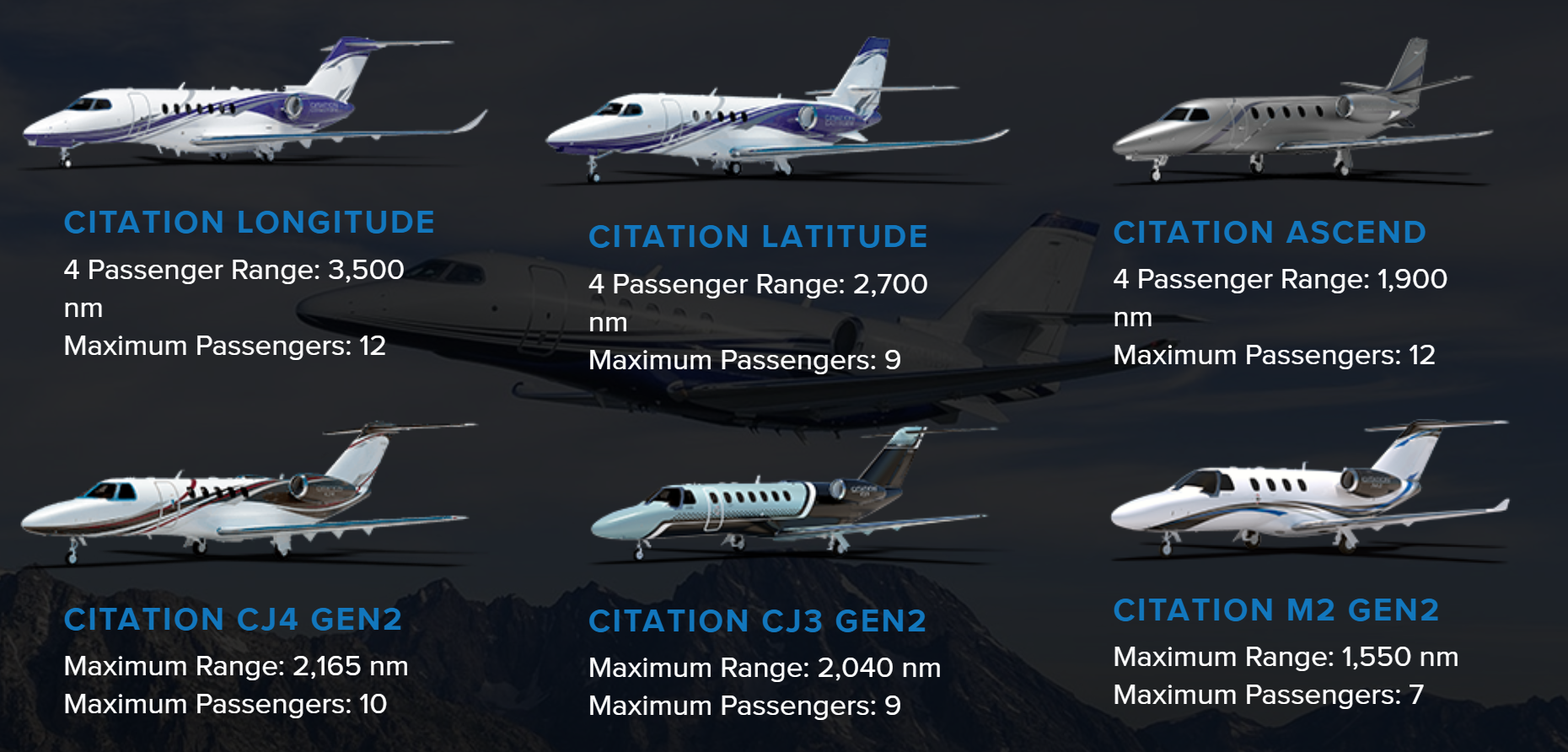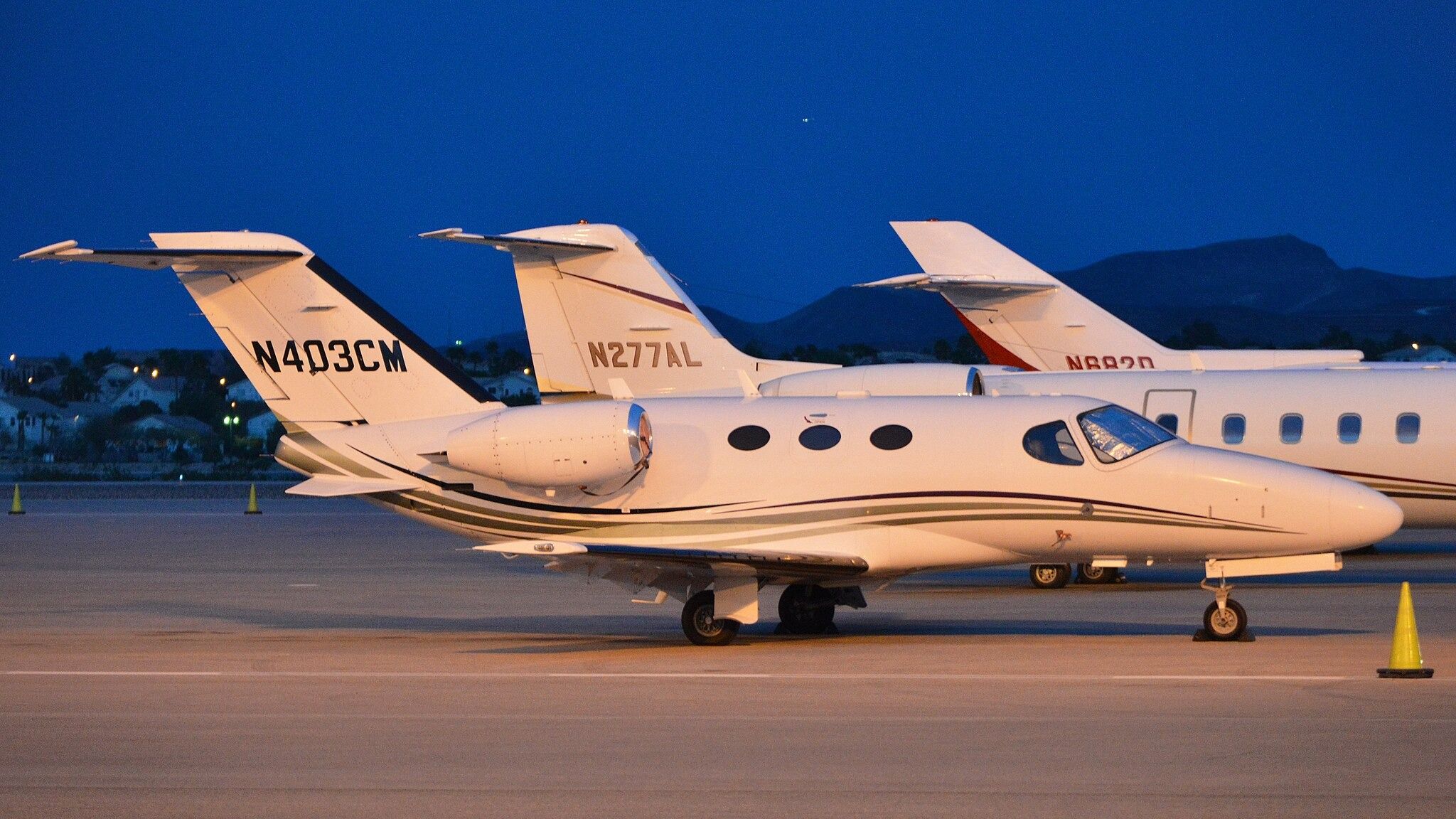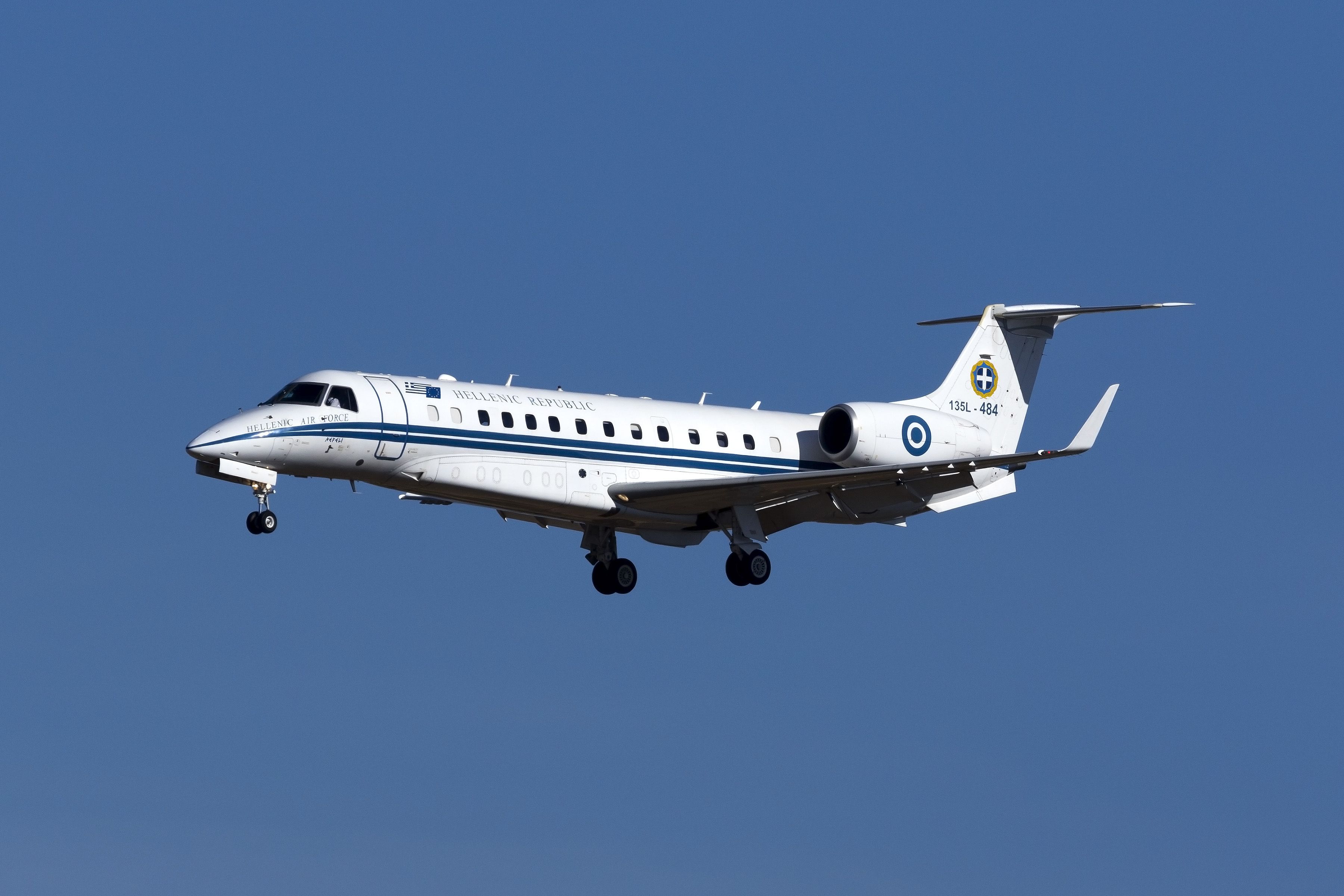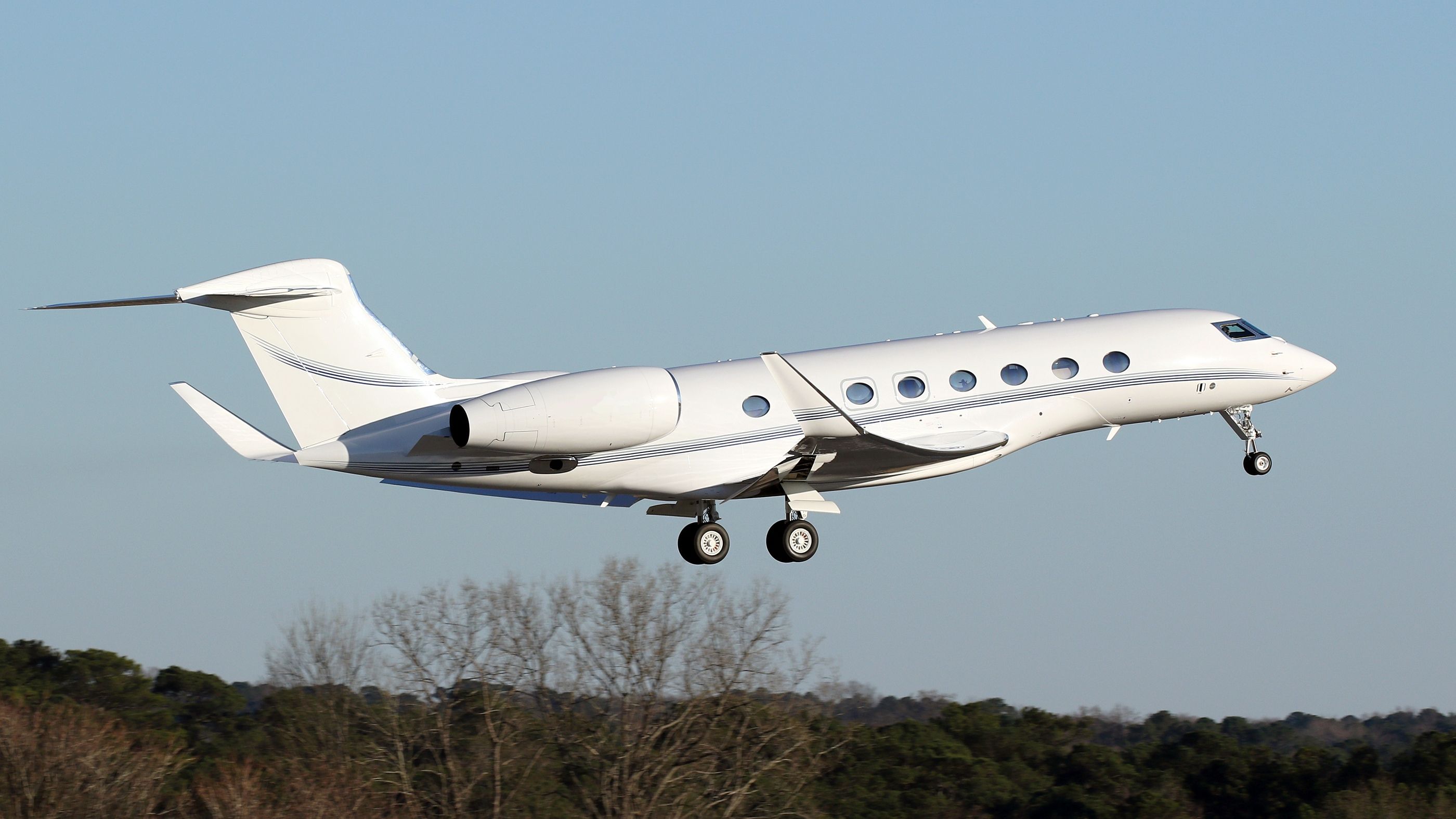Summary
- Private jets are increasing in usage, and more aviation enthusiasts are spotting them at airports than ever.
- Differentiating between business jets is challenging due to size and limited owner info.
- Manufacturers have unique design features on business jets’ windows, nose, tailfin, and more.
While most commercial airliners are easier to spot and differentiate due to their distinct design and size, most business jets look alike. This is especially true for larger business jets which feature rear-mounted engines. Have you ever wondered how to tell business jets apart?
There are more than 23,000 active private jets worldwide. Since the start of the pandemic, the use of private jets has significantly increased. With over 50% of all private jets registered in the United States, private aviation has seen a 23% growth in the last few years. Aviation enthusiasts and plane spotters worldwide notice more private jets at and around large airports than ever before.
While commercial airliners can be distinguished relatively easily through distinctive design features, differentiating between business jets can be tricky. Due to their size and lack of information about the owner, people usually find it difficult to tell them apart. Simple Flying compiles major design differences between various business jets and factors that make them distinguishable for plane spotters.
Business jet manufacturers
There are only a handful of manufacturers that develop business jets. They are:
- Bombardier Aerospace
- Cessna
- Dassault Aviation
- Embraer
- Gulfstream Aerospace
- Hawker Aircraft Limited
- Honda
- Learjet (ex-Bombardier)
Private jet manufacturers have certain design features that are unique to them. Similar to commercial airliners, these features can be used to tell the business jets apart. Distinct features are generally on the nose of the aircraft, horizontal and vertical tailfin, and windows. The distinguishing factors of some popular jets are discussed here.
Bombardier
- Windows can be a distinguishable factor
- Window spacing is somewhat unique
- Rectangular window design
The windows on Bombardier jets are rectangular with minor fillet (rounded edges), they appear small relative to the fuselage and are spaced farther apart. Whether it is the Challenger 350 or the Global 8000, square (ish) small windows spaced farther apart are the distinguishable factor.
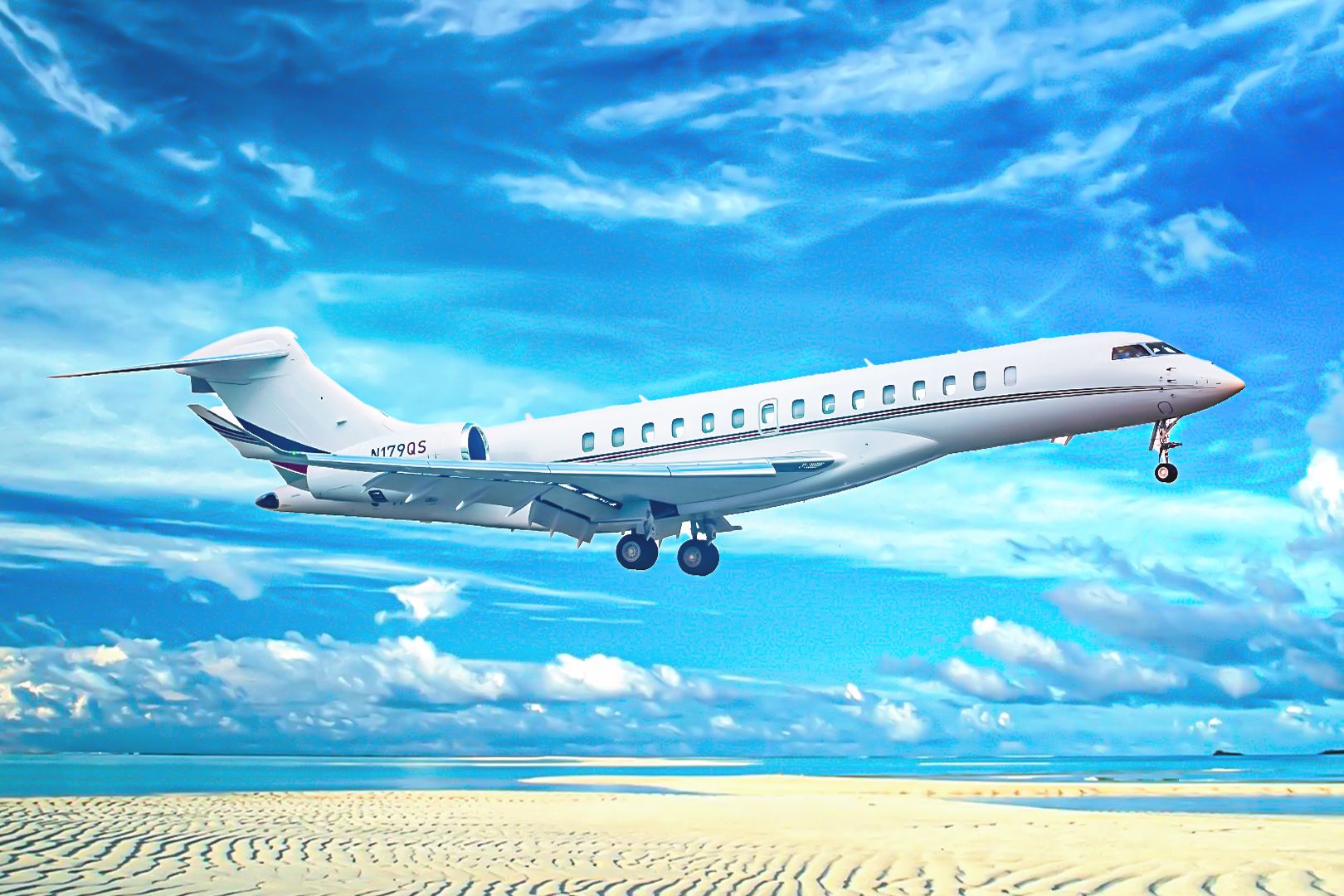
Related
What Are The 7 Aircraft In The Bombardier Global Family?
A closer look at all the Bombardier Global jets, ranked by range.
Learjet
The Learjet series aircraft have two small finlets under the vertical stabilizer. These finlets aid in minimizing turbulent flow in the aft section, thereby enhancing aerodynamic performance. Most Learjets also feature a large pointy nose.
Photo: Media_works | Shutterstock
Cessna
Image: Textron Aviation
Cessna jets come in many shapes and sizes. However, some newer models feature a very large windshield. Also, most Cessna jets are straight-winged, which can be a distinguishing factor if viewed from a proper angle.
Cessna aircraft have low-wing designs with slightly curved (almost raked) wingtips. Newer Cessna models,such as the Citation Latitude, feature slightly rounded on the horizontal axis and rectangular on the vertical axes. According to Textron Aviation,
“The Citation Latitude® aircraft’s sleek airframe allows you to arrive in style. Combine that with the aircraft’s twin Pratt & Whitney® Canada PW306D1 FADEC-controlled turbofan engines and you’ve got an aircraft that gives you impressive performance and serious ramp presence.”
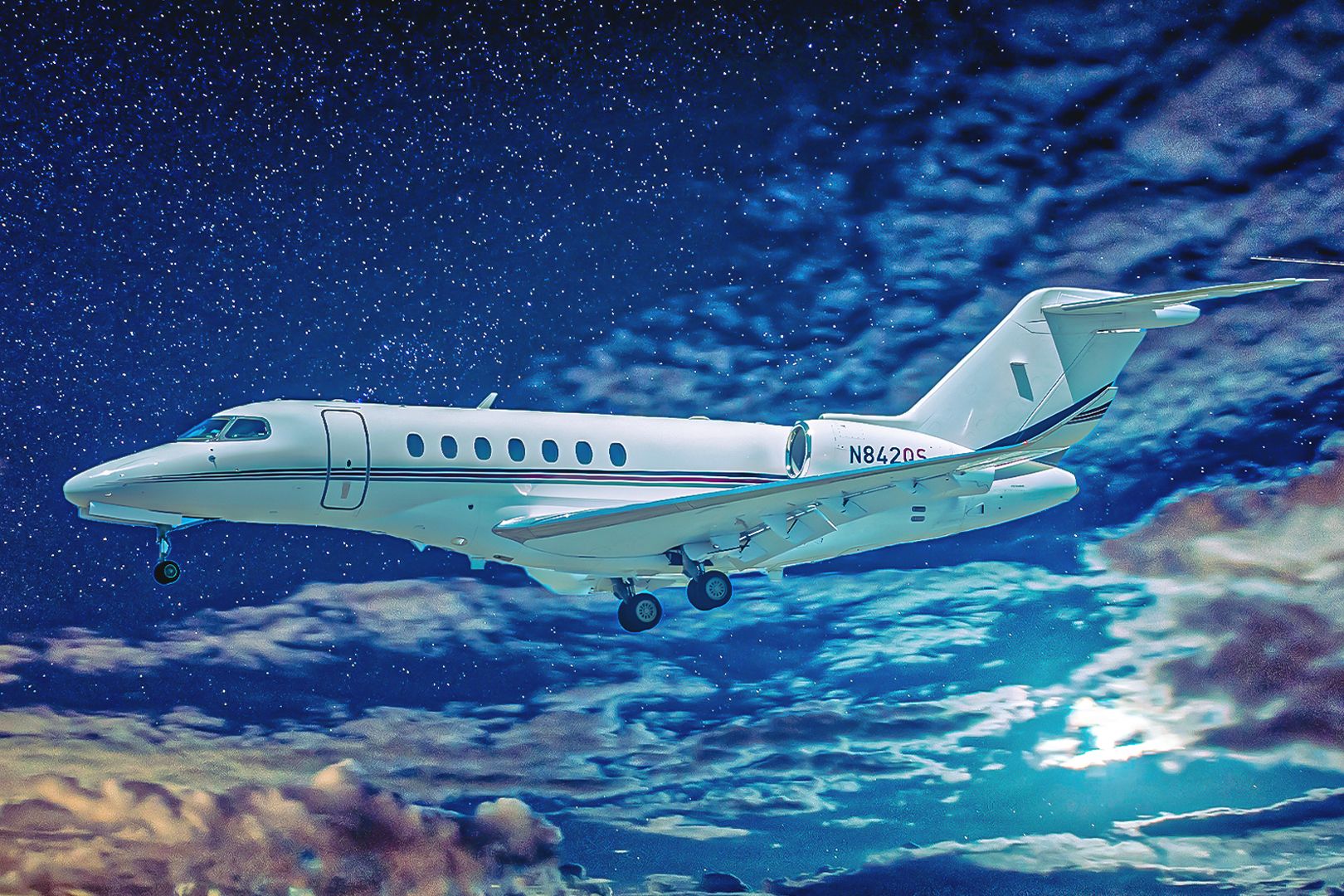
Related
The 4 Most Expensive Cessna Citation Jets
The prices of Citation family jets are at par with the competition.
Dassault
- Mid-level stabilizer
- Some newer jets feature almost a T-tail design
- Three-engine jets
- The nose gear is slightly aft
Most Dassault jets feature a mid-level horizontal stabilizer, which makes them stand out from the others. The forthcoming type, the Falcon 10X, is different, with a horizontal stabilizer higher up, making it almost a T-tail. Some Dassault Falcon jets, such as the 900, 7X, and 8X, have three engines and can be identified rather simply.
Embraer
- Relatively larger windows
- Rectangular window design with larger fillet
- High-mounted stabilizer
- The overall design is similar to the ERJ regional jets
Photo: InsectWorld | Shutterstock
Embraer jets feature large rectangular windows with a much greater rounded edge. The stabilizer is mounted very high, which can be a distinctive feature.
Gulfstream
- Distinctive (almost) circular windows
- Symmetrical design
- Distinct nose
Gulfstream jets, for the most part, have circular windows. These windows are very distinctive and set the jets apart. The size of the windows is balanced relative to the fuselage.
Photo: Kevin Porter | Shutterstock

Related
The First 4 Gulfstream Business Jets Created
Gulfstream’s early business jets hold several firsts in business aviation.
Hawker
- Extended root of the vertical stabilizer
- Featured on most Hawker aircraft
- A relatively rounded (less pointy) nose
Photo: Fasttailwind | Shutterstock
Hawker aircraft feature a funky extension root on the vertical stabilizer. The root is extended onto the fuselage, making it one of the most distinguishable features of Hawker aircraft. Almost all Hawker jets feature an extended root.
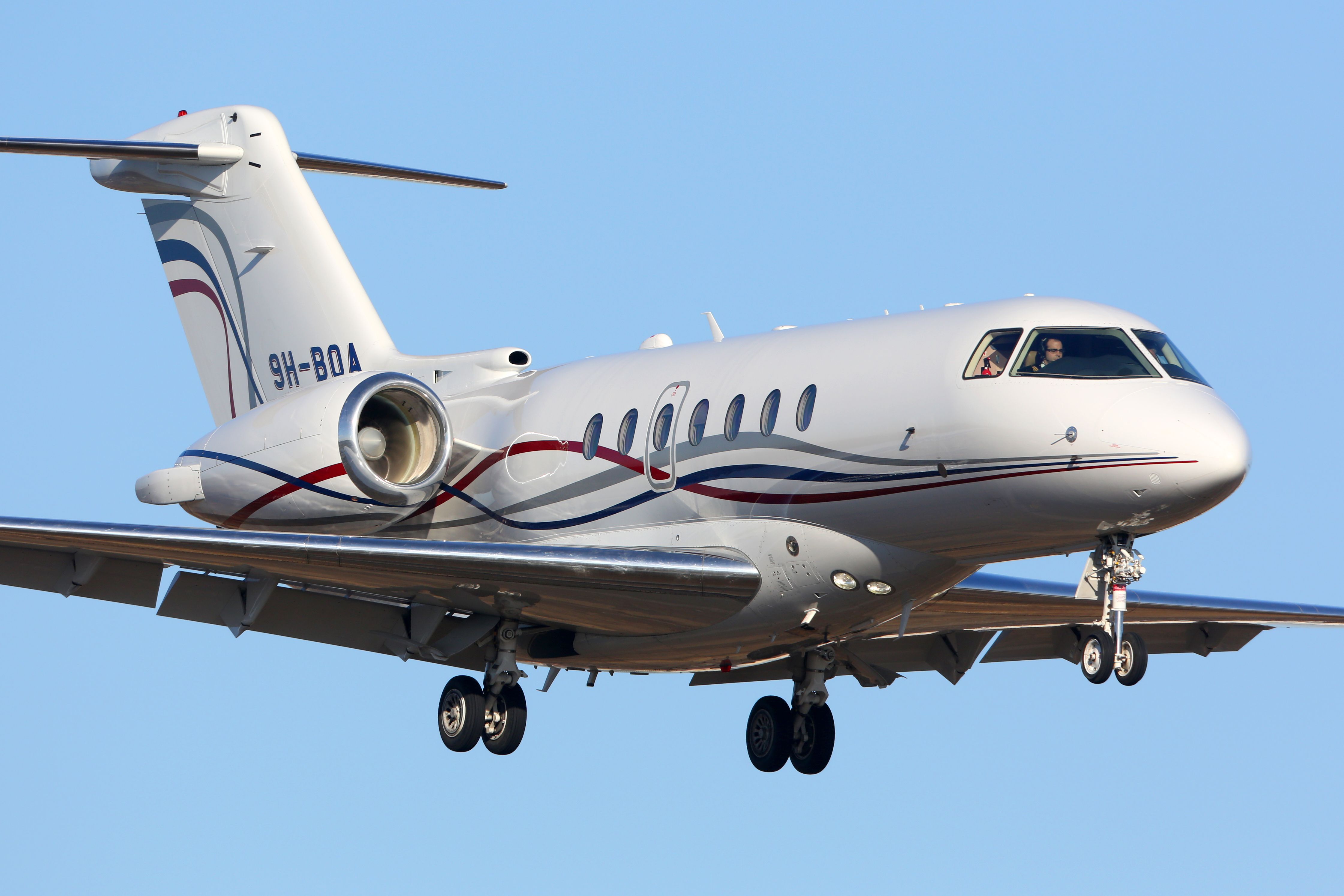
Related
On This Month In 2001: The Hawker 4000 Private Jet Makes Its First Flight
The story of the Hawker 4000 business jet.
